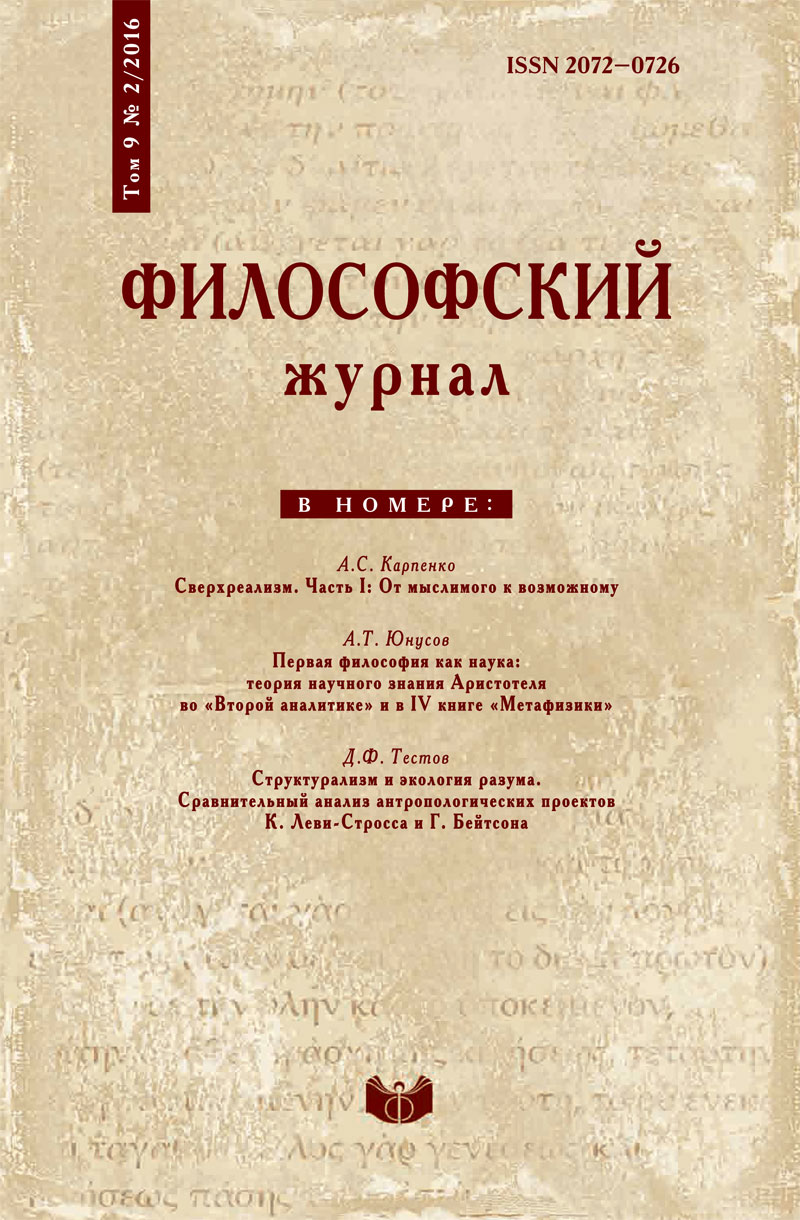Hegel and Schelling on Bruno: two philosophical portraits set against the scenery of the age and eternity
DOI:
https://doi.org/10.21146/2072-0726-2016-9-2-82-96Keywords:
Bruno as a heroic character, affinity between Bruno's personality and the principles of his philosophy, unity as the main category in the philosophy of the UniverseAbstract
The two philosophical images of Giordano Bruno as a 'heroic character' and the corresponding representations of his ideas about 'the life of the whole' created, respectively, by Hegel (in his lectures on the History of Philosophy) and by Schelling (in the dialogue Bruno), are brought into consideration in their paradigmatic significance for the history of contemporary philosophical thought. The central point in Hegel’s understanding of Bruno’s role in the history of philosophy is the idea of an affinity between Bruno’s personality and the philosophical principle of 'absolutely universal unity of all things' avowed in his writings. The dialogue Bruno is considered here as one of the important waymarks of Schelling’s early philosophical development which attains a transhistorical paradigmatic significance for all philosophers striving after ultimate unity of world and thought, 'matter' and 'form', nature and human being.






